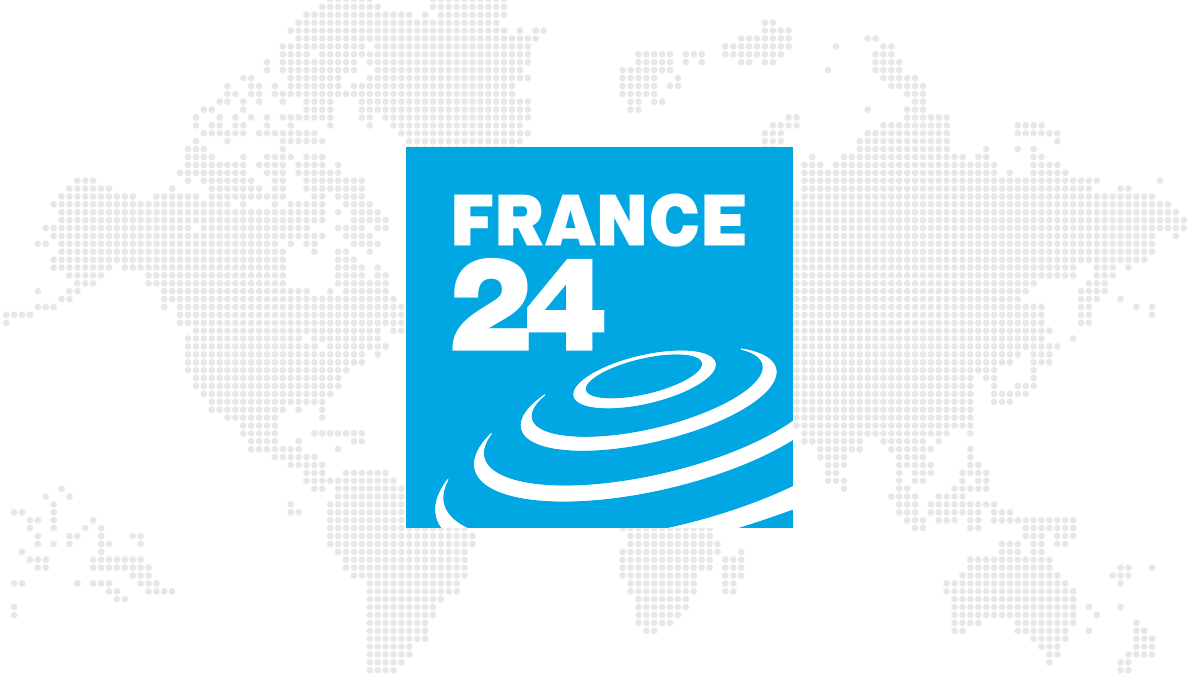Buenos Aires (AFP)
Forty-five years after the death of Juan Domingo Peron, the legacy of the mythical president dominates the Argentine political scene again just weeks before the presidential election in October: three candidates claiming Peronism appear in three different camps.
President of Argentina three times (1946-52, 1952-55, 1973-74), Peron was for some the creator of a populism harmful for the country and for the others - more numerous -, the father of all the social benefits, the one that has given back to the workers their dignity.
The image of Evita, who met Juan Domingo Peron in 1944, contributed to the construction of the myth of Peronism, bringing a touch of glamor.
Covered with jewelry and dressed at Dior, Maria Eva Duarte, until then a famous actress radio soap operas, will know as first lady only a few years of political life-before dying in 1952, during which she will play an active role for the women's suffrage and will carry out extensive social action through its Foundation.
The current return of Peronism to center stage is partly explained by the polarization of the country around two key players: the Head of State, the Liberal Mauricio Macri, and the former President Cristina Kirchner, a Peronist center-left.
Macri, embroiled in an economic crisis, thought he would have a chance to be reelected if he faced Kirchner, a hated and hated personality in Argentina, where she is charged with several corruption cases. But Kirchner created the surprise by setting himself aside, leaving the main role of the presidential ticket to Alberto Fernandez, a moderate able to attract larger sections of the Peronist electorate.
The coup forced Macri to reconsider his electoral strategy and appeal to Peronist Senator Miguel Angel Pichetto as a running mate.
- Right, left and center -
Sunday's result was not the one expected by the outgoing president. The tandem Fernandez-Kirchner has arrived far ahead (47%), followed by the binomial Macri-Pichetto (32%) and a third Peronist presidential ticket composed of Roberto Lavagna and Juan Urtubey (8%), who hope to attract to the center the disappointed with macrism and kirchnerism.
How to explain that all these Peronists now carry radically different proposals?
It must return to the origins of the movement, which has never been unitary, says the historian Gustavo Nicolas Contreras. Its three basic principles - political sovereignty, economic independence and social justice - have been sufficiently unifying for sections of society such as the workers, the industrial bourgeoisie or the army to be found there.
"Peron could turn from left to right without losing sight of his political goal of reaching, retaining or recovering power," said political analyst Rosendo Fraga.
Peronism has also shown resilience: it has survived dictatorships, the death of its founder and electoral defeats. Neither has it imploded, despite the cohabitation within it of opposing currents, such as those of extreme left and far right, who came to confront each other with weapons in the 1970s.
"Peronism is a political opportunity, it is the movement that has the (more) political weight, which can allow access to responsibilities, to promote its own interests," says the historian Contreras.
The resistance of the movement "lies in its ability to understand, digest and represent the complexity, ambiguity and contradiction of Argentine society", summarizes Rosendo Fraga.
Thus the Peronist government of Carlos Menem in the 1990s led liberal policies, including privatization. The president of the time was able to interpret the changes expected by society after the failures of public companies and hyperinflation under the radical Raul Alfonsin, argues Rosendo Fraga.
The movement did exactly the opposite at the beginning of the 21st century. "People wanted more state (...) It was then that (Nestor) Kirchner interpreted this turn and veered to the center-left, applying an interventionist model and taking a populist turn," concludes the political analyst .
© 2019 AFP

